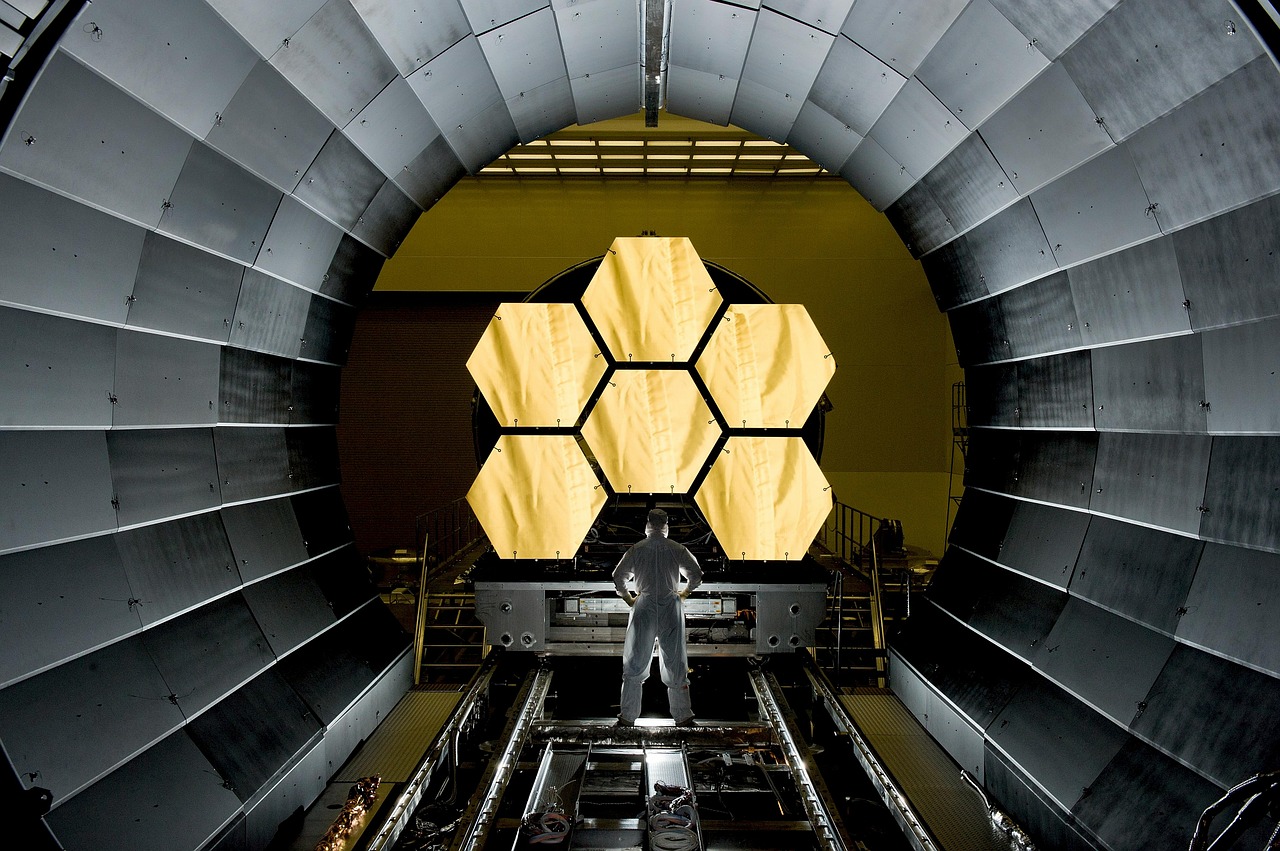A complex machine tasked with smashing ultra-microscopic particles together at the speed of light has managed to create a rare “goo” that scientists believe could have been one of the building blocks of the universe.
The machine, called the Relativistic Heavy Ion Collider (RHIC) is located in Upton, New York. The goo is known as quark-gluon plasma, a liquid that only forms in extreme environments where regular matter cannot exist.
This isn’t the first time the plasma has been observed, Discovery News reported this weekend. In 2013, scientists from Europe’s Large Hadron Collider discovered the goo after smashing protons into ions of lead.
The American scientist created their plasma after smashing “helium-3 nuclei with gold ions.”
Their discovery marks the first time helium-3 has been smashed up against heavy ions of gold to produce “the signature of quark-gluon plasma.”
This is the first time that helium-3, a light ion, has been collided with heavy ions (gold), producing the signature of quark-gluon plasma. This indicates that the stuff can be produced at lower energies, opening a fascinating opportunity to study this quantum ‘goo’
Scientists say quark-gluon existed in “the first moments” of the creation of the universe more than 13 billion years ago.
Jamie Nagle, a researcher at RIHC, was quoted as saying the discovery of the plasma sparked some “rich debate” about what the findings mean.
The idea that collisions of small particles with larger nuclei might create minute droplets of primordial quark-gluon plasma has guided a series of experiments to test this idea and alternative explanations, and stimulated a rich debate about the implications of these findings
Meanwhile, the Business Standard reported yesterday that the researchers at the Large Hadron Collider recently released in APS Physics the results of their study of the liquid.
Quan Wang, one of the scientists working on the plasma-producing collisions, described the plasma as “very hot and dense state of matter of unbound quarks and gluons.”
























